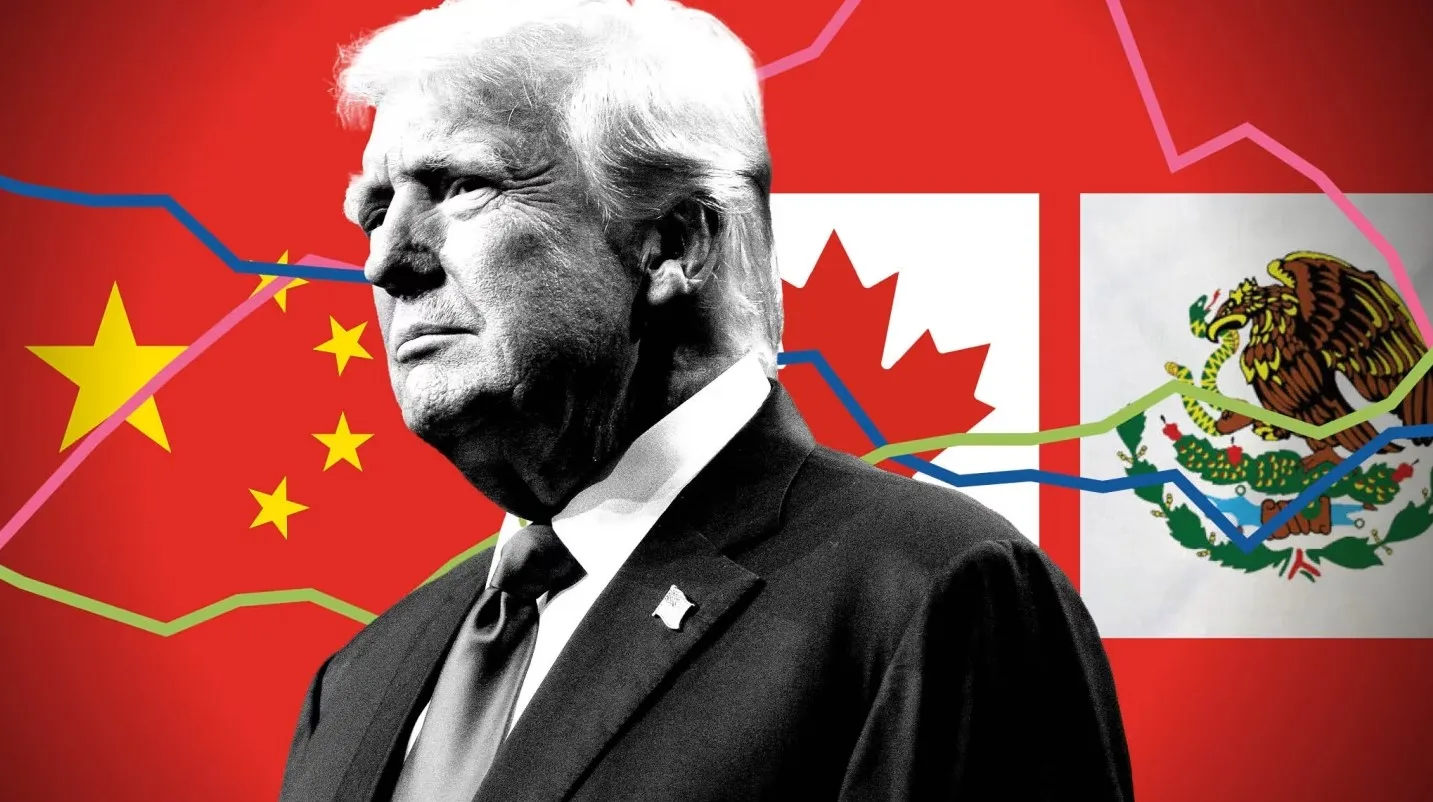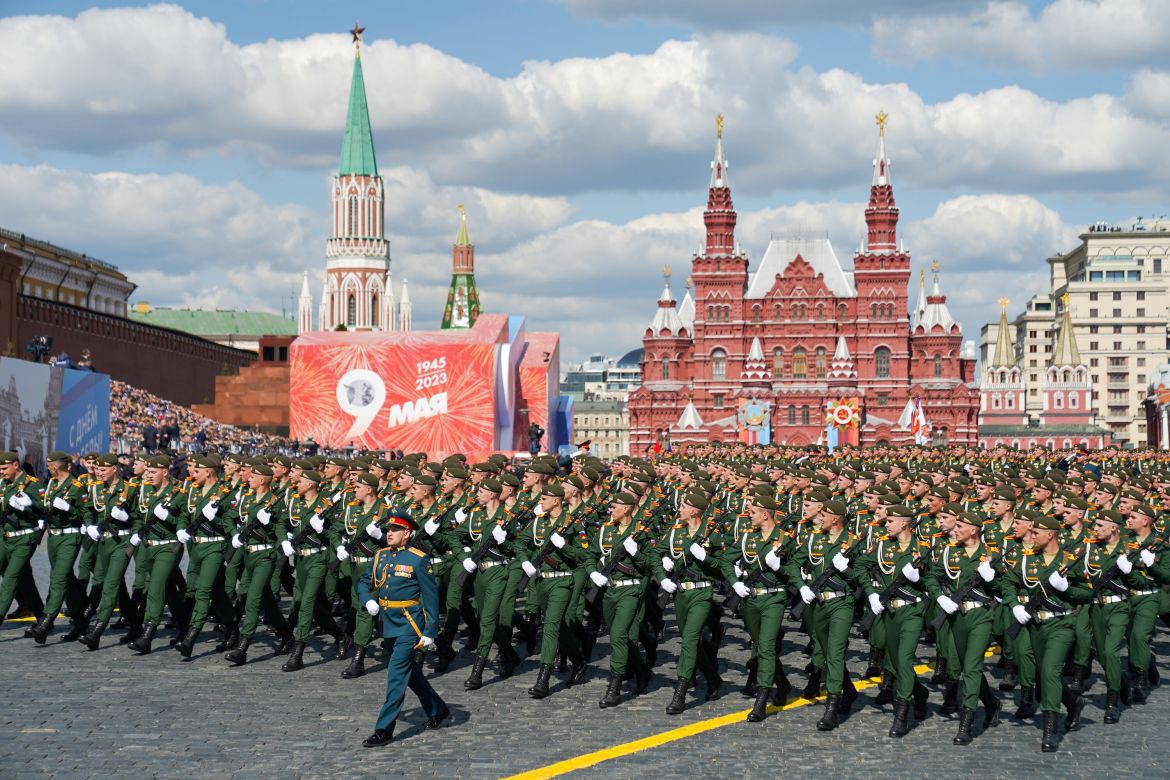Potential Tariffs On Aircraft And Engines: Examining Trump's Trade Policy

Table of Contents
The Rationale Behind Potential Tariffs
The Trump administration’s consideration of tariffs on aircraft and engines stemmed from a complex interplay of factors, primarily centered around allegations of unfair trade practices and concerns about national security. These potential tariffs weren't isolated actions but rather part of a broader strategy to reshape US trade relationships.
- Countervailing duties (CVDs) and anti-dumping duties (ADDs): The US investigated claims that both Boeing and Airbus received illegal government subsidies, leading to the threat of countervailing and anti-dumping duties. These duties are designed to offset the unfair advantage gained through subsidies.
- Section 301 investigations: Under Section 301 of the Trade Act of 1974, the US launched investigations into various countries' trade practices, citing intellectual property theft and other unfair trade practices that could justify tariffs on imported goods, including aircraft and engines.
- Allegations of subsidies and unfair competition: A central argument fueling the potential tariffs was the allegation that both Boeing and Airbus benefited from government subsidies, creating an uneven playing field and harming US interests. These subsidies were alleged to distort the market and allow for predatory pricing.
- National security arguments: In some instances, national security concerns were invoked as justification for potential tariffs, arguing that reliance on foreign suppliers of critical aircraft components posed a risk to US national interests.
Impact on Major Players (Boeing and Airbus)
The potential for tariffs on aircraft and engines would have profoundly impacted the two aviation giants, Boeing and Airbus. Their global supply chains and extensive market share made them particularly vulnerable. The threat of retaliatory tariffs further complicated the situation, creating a potential "trade war" scenario.
- Impact on production costs: Tariffs would directly increase the cost of imported components, significantly impacting production costs for both manufacturers.
- Changes in pricing strategies: To absorb or offset increased costs, both companies might adjust their pricing strategies, potentially leading to higher prices for aircraft.
- Disruption of supply chains: The imposition of tariffs could disrupt established supply chains, forcing manufacturers to seek alternative suppliers, potentially impacting efficiency and delivery times.
- Potential job losses: Increased costs and reduced competitiveness could lead to job losses within both companies and their respective supply chains.
- Effects on global market share: The outcome of a trade dispute involving tariffs could significantly shift global market share, with one manufacturer potentially gaining a competitive advantage over the other.
Effects on the Broader Aviation Industry
The potential tariffs were not limited in their impact to Boeing and Airbus. The entire aviation industry, from airlines to component manufacturers, faced potential disruption.
- Increased aircraft prices: Higher production costs would inevitably translate into increased prices for new aircraft, affecting airlines' capital expenditures.
- Higher operating costs for airlines: Increased aircraft prices and potential tariffs on spare parts and maintenance would translate into higher operating costs for airlines.
- Impact on air travel costs for consumers: Ultimately, the increased costs would likely be passed on to consumers in the form of higher airfares.
- Potential for slower growth in the industry: The uncertainty and increased costs associated with potential tariffs could stifle investment and slow the overall growth of the aviation industry.
- Investment implications for the aviation sector: The threat of tariffs would make investors hesitant, potentially leading to reduced investment in research and development and new aircraft programs.
International Trade Relations and Retaliation
The potential imposition of tariffs on aircraft and engines had significant implications for international trade relations. The risk of retaliatory measures from affected countries was substantial, escalating the situation into a full-blown trade war.
- WTO dispute settlement mechanisms: The World Trade Organization (WTO) provides dispute settlement mechanisms for resolving trade disagreements. However, these processes can be lengthy and complex.
- Trade wars and escalation of conflicts: Imposing tariffs could spark retaliatory measures from other countries, leading to a trade war with negative consequences for all parties involved.
- Impact on global trade partnerships: Trade disputes erode trust and cooperation between nations, potentially harming long-term trade relationships.
- Political ramifications of trade disputes: Trade disputes often have broader political ramifications, affecting diplomatic relations and international cooperation on other issues.
Conclusion
The potential tariffs on aircraft and engines, considered during the Trump administration, highlighted the vulnerability of the global aviation industry to trade disputes. The analysis reveals significant potential negative impacts on major players like Boeing and Airbus, the wider aviation industry, and international trade relations. Understanding the implications of such policies is crucial for navigating the complexities of the global aerospace market. To stay informed about the ongoing impact of these and similar trade policies on the aviation sector, continue researching keywords such as "Trump trade policy," "WTO aircraft disputes," "Boeing Airbus trade war," and "potential tariffs on aircraft and engines". Staying informed is critical to understanding the future landscape of this crucial industry.

Featured Posts
-
 Former Singapore Airlines Stewardess Shares Her Story A Career Retrospective
May 11, 2025
Former Singapore Airlines Stewardess Shares Her Story A Career Retrospective
May 11, 2025 -
 Rocky Franchise Stallone Names His Most Emotionally Powerful Film
May 11, 2025
Rocky Franchise Stallone Names His Most Emotionally Powerful Film
May 11, 2025 -
 Lily Collins Stars In Sexy Calvin Klein Campaign See Photos
May 11, 2025
Lily Collins Stars In Sexy Calvin Klein Campaign See Photos
May 11, 2025 -
 Moscow Victory Day Parade Assessing Russias Military Capabilities
May 11, 2025
Moscow Victory Day Parade Assessing Russias Military Capabilities
May 11, 2025 -
 Stadium Track Resurfacing Project For Championship Season
May 11, 2025
Stadium Track Resurfacing Project For Championship Season
May 11, 2025
